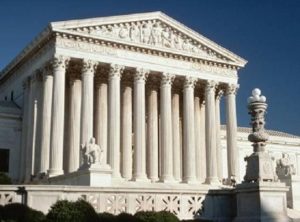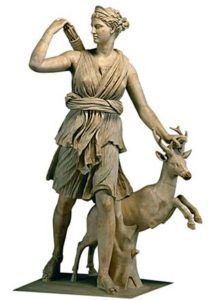From monuments to crushed stone to cosmetics and pharmaceuticals, very few rocks have as many uses as marble. Read this article for more on the uses of marble.
The Properties of Marble and Its Uses
Very few rocks have as many uses as marble. It is used for its beauty in architecture and sculpture. It is used for its chemical properties in pharmaceuticals and agriculture. It is used for its optical properties in cosmetics, paint and paper. It is used because it is an abundant, low-cost commodity in construction projects. Marble has many unique properties that make it a valuable rock in many different industries. The photographs and captions below illustrate just a few of its varied uses.
The Taj Mahal is one of the most beautiful and famous buildings in the world. It was built between 1632 and 1653 as a mausoleum for Mumtaz Mahal, the third wife of Mughal emperor Shah Jahan. Marble was used extensively throughout the building, including the marble domes and towers.
The Supreme Court building was constructed between 1932 and 1935 using several different types of marble. Vermont marble was used extensively in the exterior. The inner courtyards were made using bright white marble from Georgia, and the interior corridors and entrance halls are made from creamy white marble from Alabama.
The Washington Monument was built of marble between 1848 and 1884. Initial work on the structure was done using marble from a quarry located near Texas, Maryland. The project was then delayed for nearly 30 years due to a lack of funds. When construction resumed in 1876, similar stone from the Texas quarry was not available, so stone from the Sheffield quarry near Sheffield, Massachusetts was used. The Sheffield quarry had problems delivering stone in a timely manner, and in 1880 their contract was cancelled. A new contract then went to the Cockeysville Quarry near Baltimore, Maryland which supplied a slightly darker dolomitic marble. These different stone sources can be seen in the monument as labeled in the photo above. Photo and annotation by the United States Geological Survey.
Marble is a translucent stone that allows light to enter and produce a soft “glow.” It also has the ability to take a very high polish. These properties make it a beautiful stone for producing sculptures. It is soft, making it easy to sculpt, and when it is fine-grained it has uniform properties in all directions. Some of the world’s most famous sculptures have been produced from marble. This bust of the Greek goddess, Artemis, is a copy of an original Greek work.
The Lincoln Memorial was built between 1914 and 1922. Many different stones were used in the memorial. The terrace walls and lower steps were made of granite from Massachusetts. The upper steps, columns and outside facade were made using marble from Colorado. The interior walls are Indiana limestone (called “Indiana Marble” by many architects). The floor was made using pink marble from Tennessee, and the statue of Lincoln is made from a very bright white marble from Georgia. Each type of stone was selected for its properties along with an effort to utilize stone from many parts of the United States.
Some marble is heated in a kiln to drive off the carbon dioxide that is contained within the calcite. What remains after kiln treatment is the calcium oxide – known as “lime.” Lime is used as an agricultural soil treatment to reduce the acidity in soil. When applied in combination with fertilizer, it can increase the yield of a soil. This test plot shows a portion of a corn field where no lime and no fertilizer were applied. The plants in that plot are struggling to survive.
Marble of exceptionally white color is sometimes used to produce a product known as “whiting,” a white powder that is used as a pigment, brightener and filler in paint, paper and other products.
Marble is often used as a cemetery marker. It is a very attractive stone. It is economical because it is relatively easy to cut and engrave. In comparison to rocks like granite, it is not as resistant to acid precipitation and tends to lose edges and detail over time.
Dairy cows and chickens need a steady supply of calcium to produce milk and eggs. Farms that raise these animals often use animal feeds that have been supplemented with additional calcium. Powdered limestone and marble are used to produce these supplements because they are softer than the animal’s teeth, soluble and rich in calcium.
Marble is a material used in prestige architecture and interior design. This photo shows stair treads and risers made from brecciated marble and floor tiles made from marble in a variety of colors.









